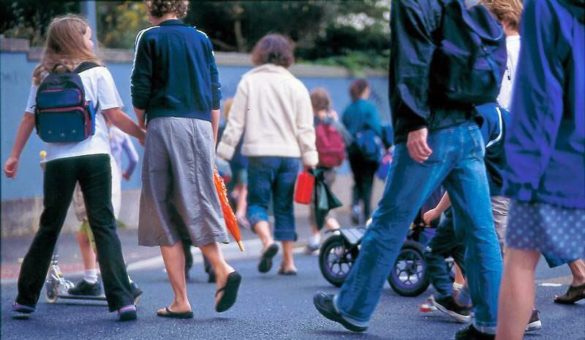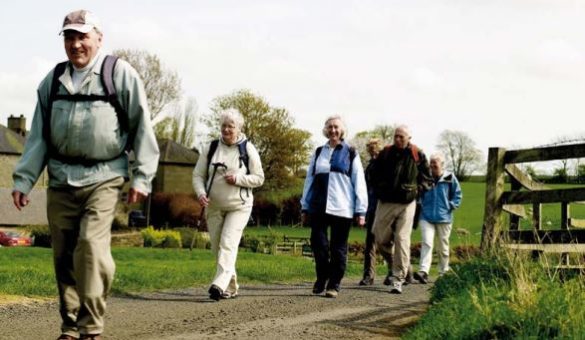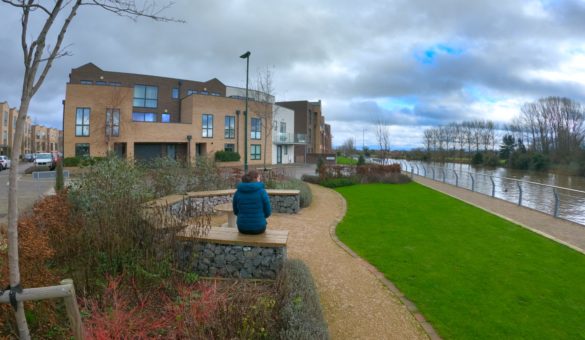High Quality Streets & Spaces
Outdoor spaces can be the site of a variety of activities that can provide both physical and social benefits. As well as the organised activities that can take place within them, such spaces can provide opportunity for engagement with active travel.
However, a common reason for many people’s lack of engagement with outdoor open spaces is the perceived safety and attractiveness of those areas available to them. Therefore, higher quality provision of the design, scale and function of spaces such as streets and parks will encourage activity within them.
Pointers to best practice to create ‘high quality streets and spaces’ include:
Making valued community resources out of spaces
Community resources such as parks and green spaces should be used to support a range of functions that provide an opportunity for people to come together and be active within their area.
This is an important consideration to make as social interaction is proven to have significant health benefits both physically and mentally and therefore, spaces should be a focal point within the community.
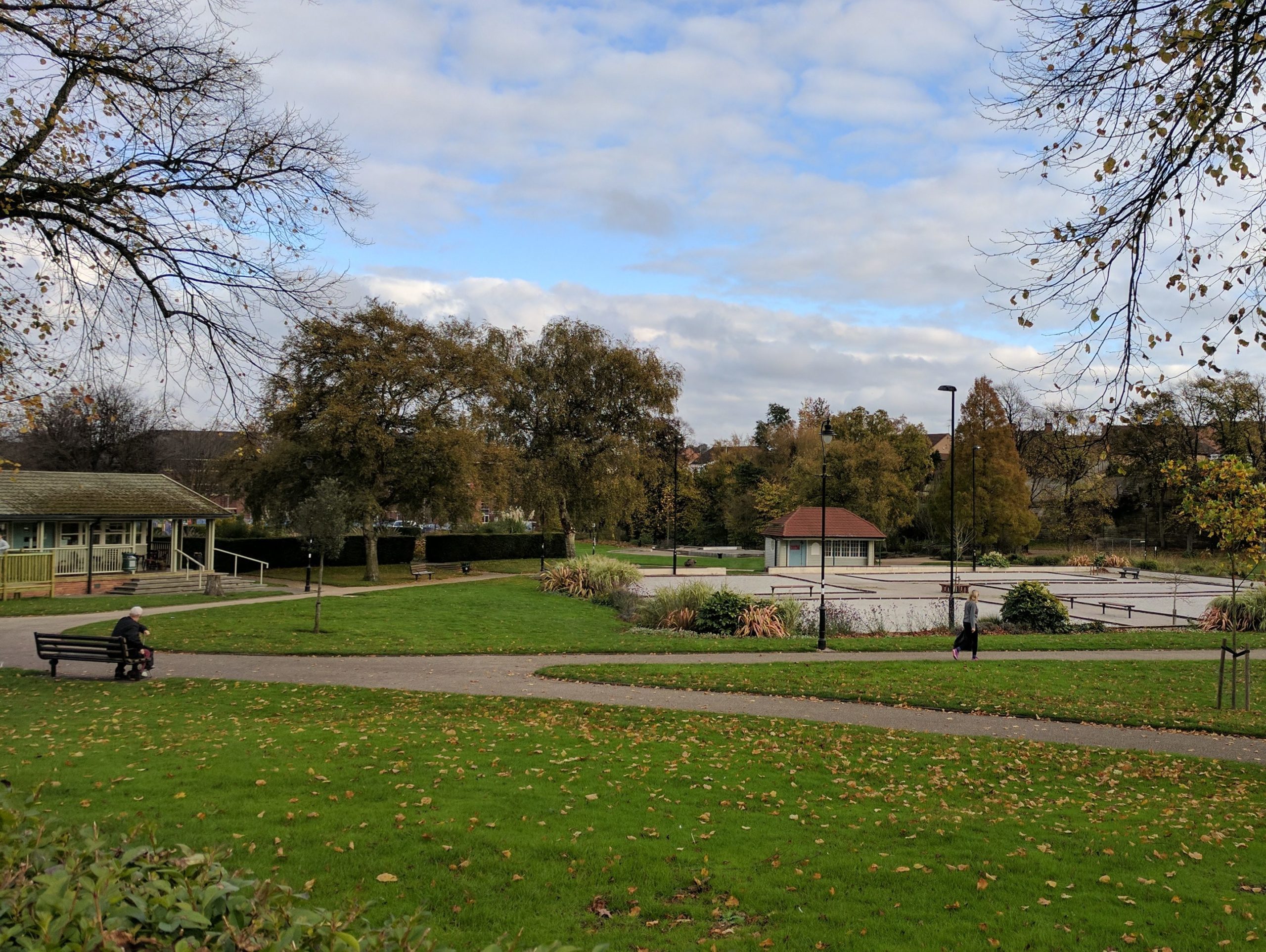
Appropriate provision should be made to promote access to, and activity by, all users including providing safe routes for vulnerable pedestrians. This includes ensuring that footpaths within, and connecting, open spaces are suitable to be used for walking and cycling.
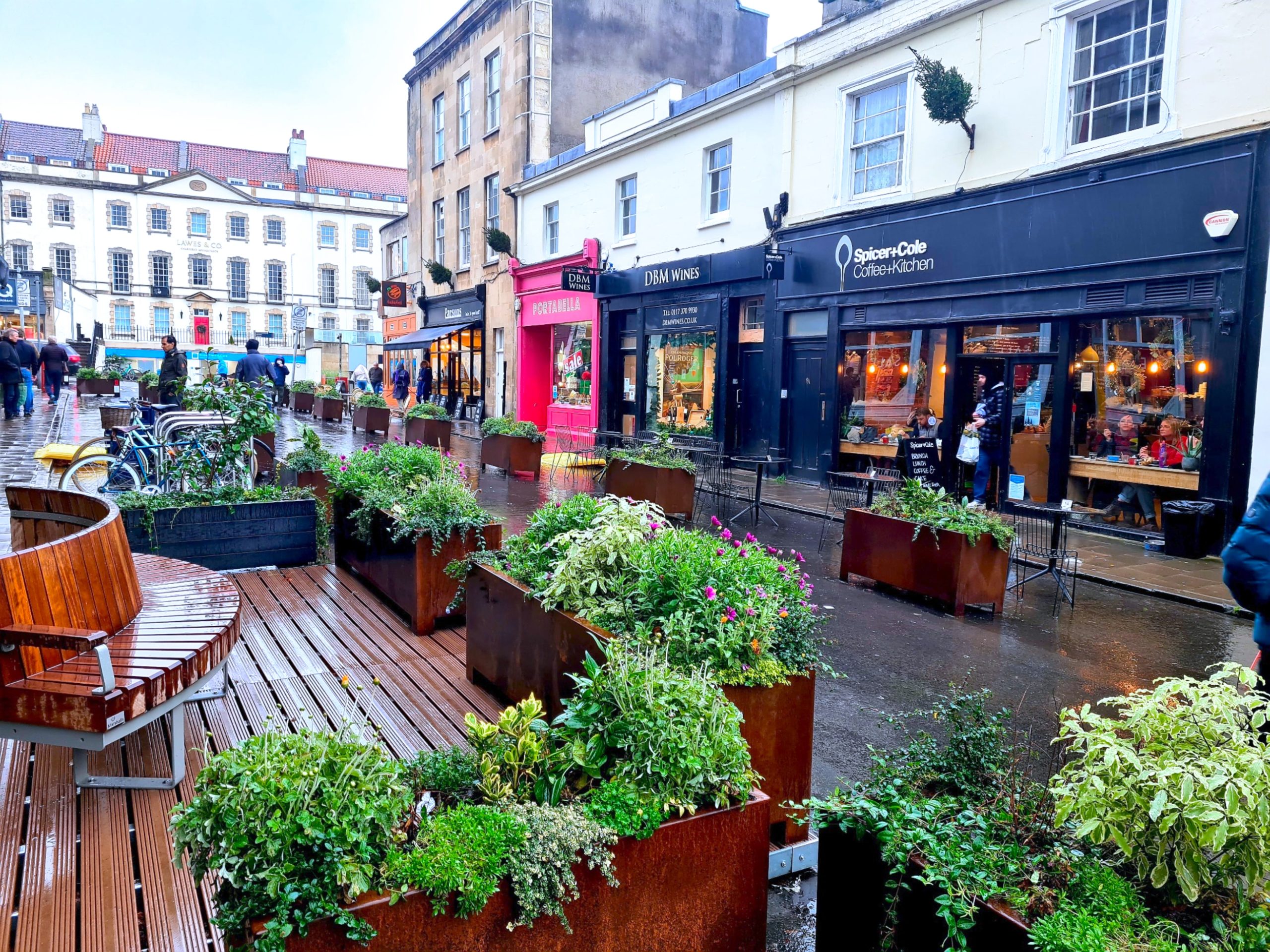
Public spaces should support a range of pop-up activities that allow people to come together and engage in sport and/or social recreation.
Spaces should allow flexibility for changing trends and habits, supporting a wide range of activities, dependent on the interests of the community.
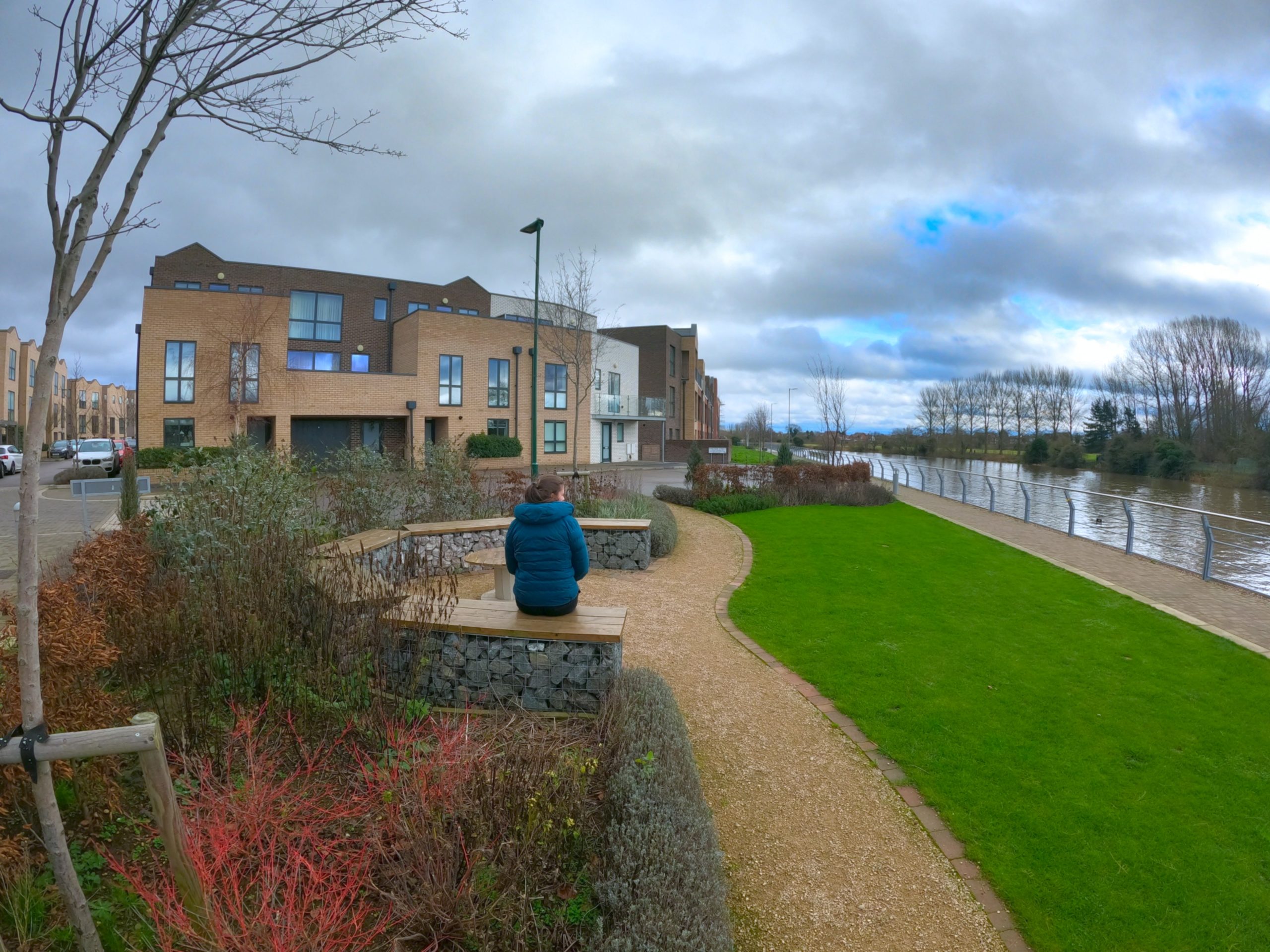
High quality space can contribute to a community’s sense of place and help create a focal point for social interaction within the area.
Consideration must therefore be given to creating a balance such that a welcoming and attractive environment is created, while deterring any anti-social behaviour.
Prioritise the role of streets as places
Consideration should be given to establishing streets as ‘places’ rather than just routes for vehicular traffic, creating priority for active travel as well as encouraging the informal use of streets where appropriate.
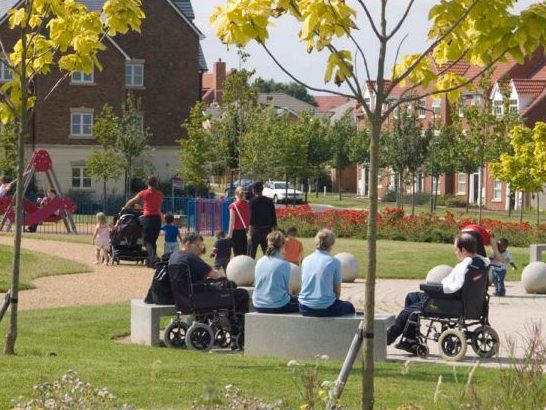
Streets should be designed in a way that promotes and encourages active travel.
Walkways and cycle paths should be clearly highlighted with clear signage and designed so that they are separate from vehicular traffic. As well as this, high quality and durable materials should be used in the creation of such infrastructure.
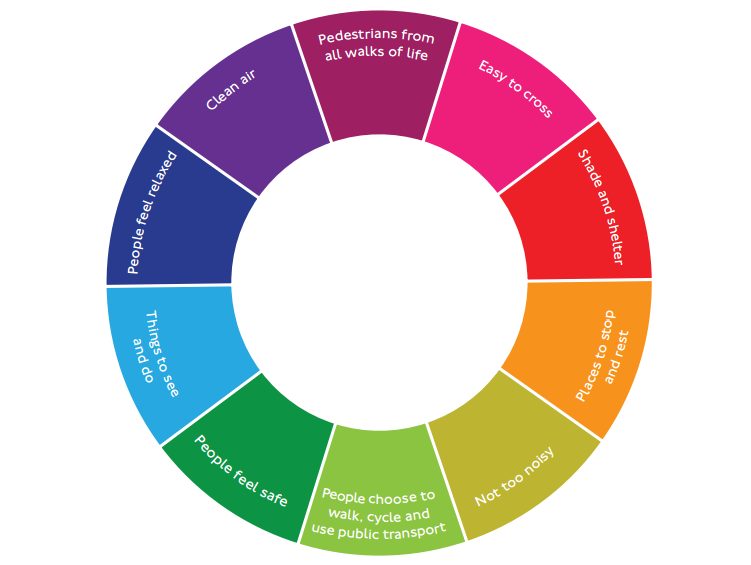
Streets require multiple qualities to make them attractive sites for active travel, as is indicated in the ‘whole street approach’.
By tackling some of the barriers of poor air quality, noise, stress, fear and danger, streets should be better for health. Using this model, design proposals can be informed by highlighting potential restricting factors
that may benefit from interventions.
(For more information visit healthystreets.com)
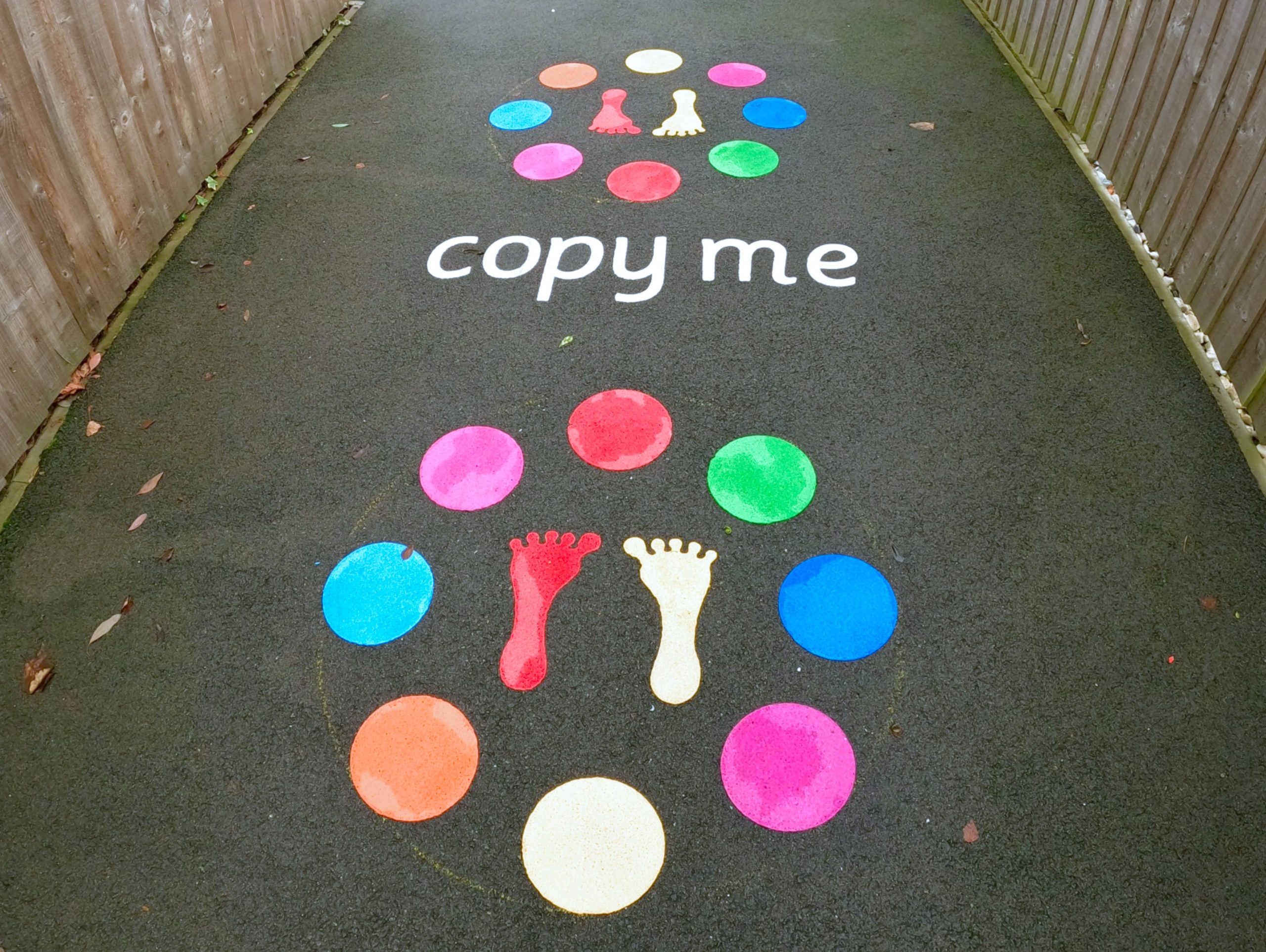
Informal uses of streets, such as children playing in them, should be supported where appropriate.
Initiatives such as ‘Street Play’ create opportunity for children to play out in the streets where they live and increase their physical activity levels.
In order to facilitate such a programme, careful consideration must be given to the nature of the use of the roads – including peak times of use, safety of the area, speed limits and public awareness of the informal activity.
Further content is available throughout Healthy Place Making to support the design and development of high quality streets and spaces, in addition to a range of further reading selected below.
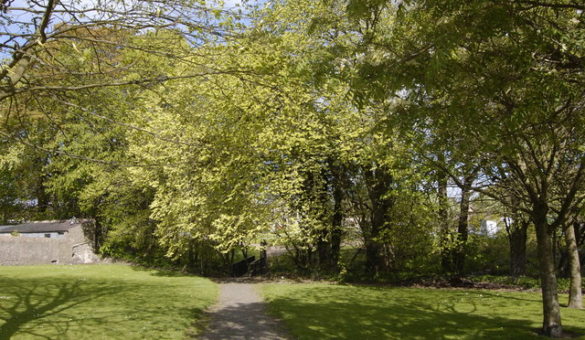
Introduction to the Green Infrastructure Framework
“Good quality Green Infrastructure (GI) has an important role to play in our urban and rural environments for improving health and wellbeing, air quality, nature recovery and resilience to and...
Read more about "Introduction to the Green Infrastructure Framework"
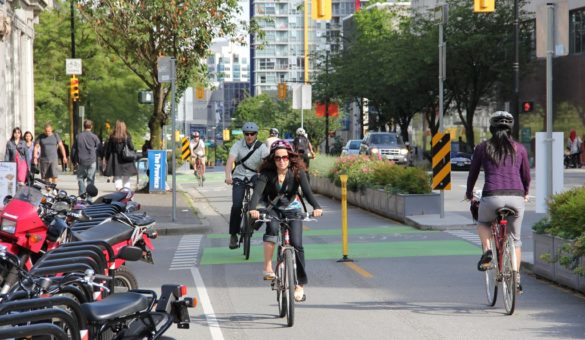
Supporting Activity for All
In the design and development of places, it's crucial to recognise that one size will not fit all, and that places should cater for the needs across the range of residents that reside with them, considering factors such as age, gender, and physical ability, but also the specific wants and preferences of those who interact with their local built and natural environment.
Make the most of the Healthy Place Making platform
As well as ensuring you are always in the know about future changes and updates to Healthy Place Making, registering with us will enable to you to curate your own project boards that you can share with others – helping you to embrace the Healthy Place Making approach to find, curate and collaborate on making healthier places for all of our residents.

